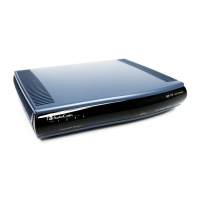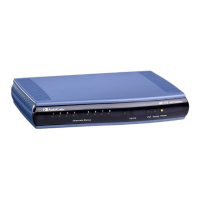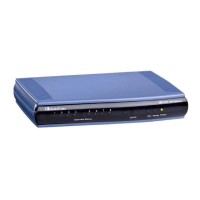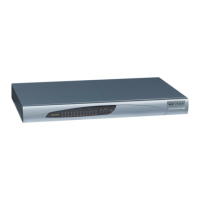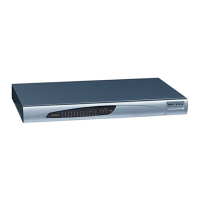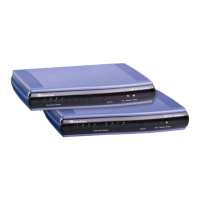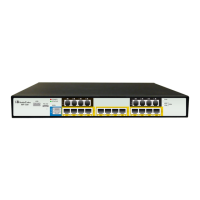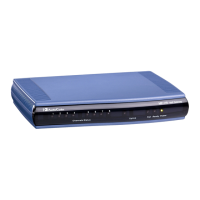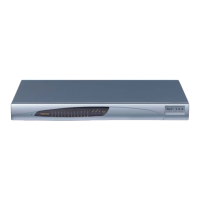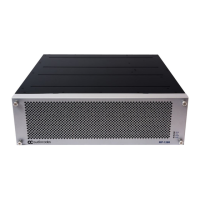server when a new SRTP key is generated upon a SIP session
expire. This feature ensures that the roll-over counter (ROC), one of
the parameters used in the SRTP encryption/decryption process of
the SRTP packets, is synchronized on both sides for transmit and
receive packets.
[0] = (Default) Disabled. ROC is not reset on the device side.
[1] = Enabled. If the session expires causing a session refresh
through a re-INVITE, the device or server generates a new key
and the device resets the ROC index (and other SRTP fields) as
done by the server, resulting in a synchronized SRTP.
Notes:
This feature can also be configured for an IP Profile.
If this feature is disabled and the server resets the ROC upon a
re-key generation, one-way voice may occur.
43.4.4 TLS Parameters
The Transport Layer Security (TLS) parameters are described in the table below.
Table 43-23: TLS Parameters
Parameter Description
Web/EMS: TLS Version
[TLSVersion]
Determines the supported versions of SSL/TLS (Secure Socket
Layer/Transport Layer Security.
[0] SSL 2.0-3.0 and TLS 1.0 = (Default) SSL 2.0, SSL 3.0,
and TLS 1.0 are supported.
[1] TLS 1.0 Only = only TLS 1.0 is used.
When set to 0, SSL/TLS handshakes always start with SSL 2.0
and switch to TLS 1.0 if both peers support it. When set to 1,
TLS 1.0 is the only version supported; clients attempting to
contact the device using SSL 2.0 are rejected.
Note: For this parameter to take effect, a device reset is
required.
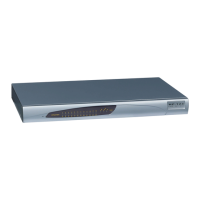
